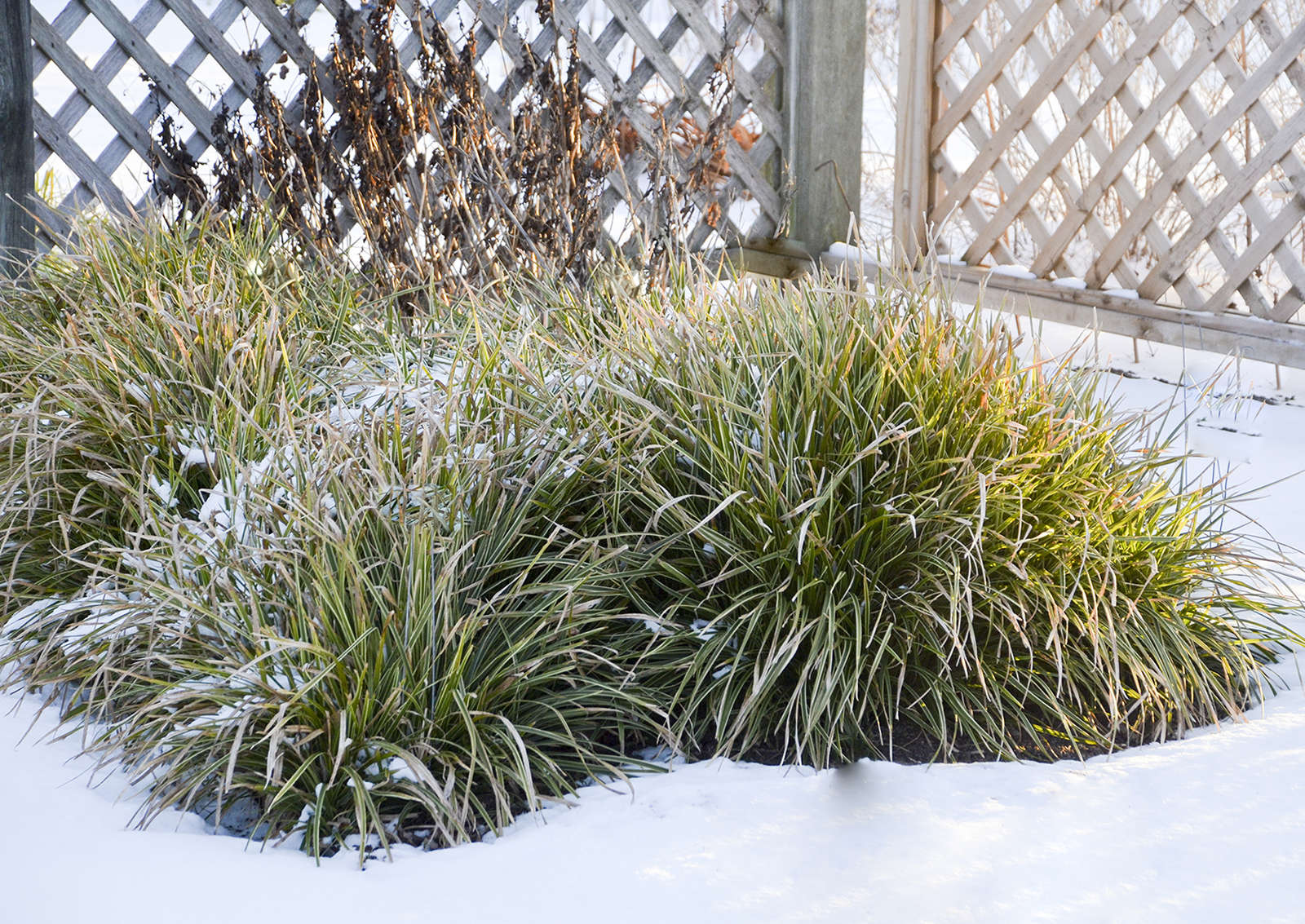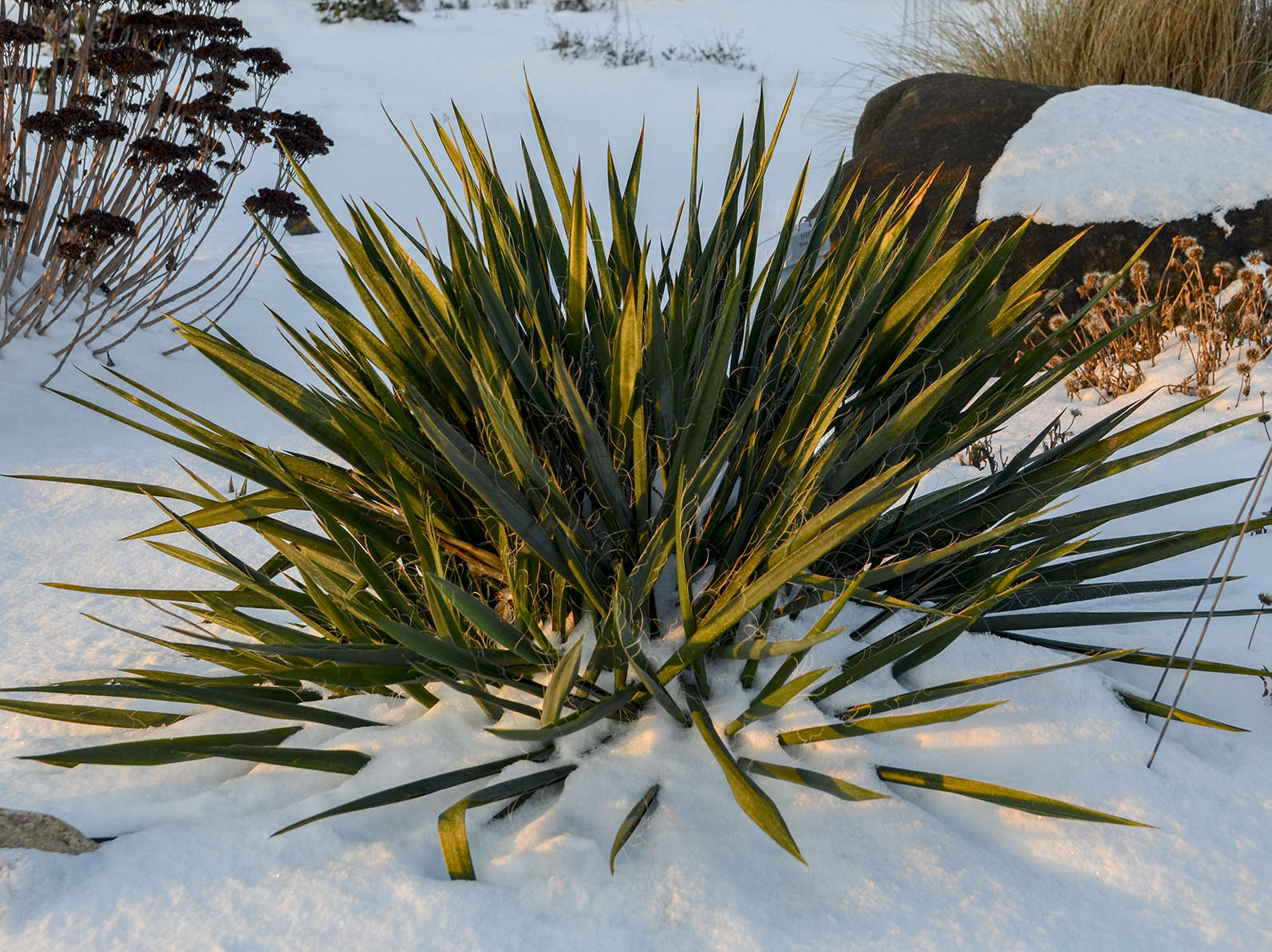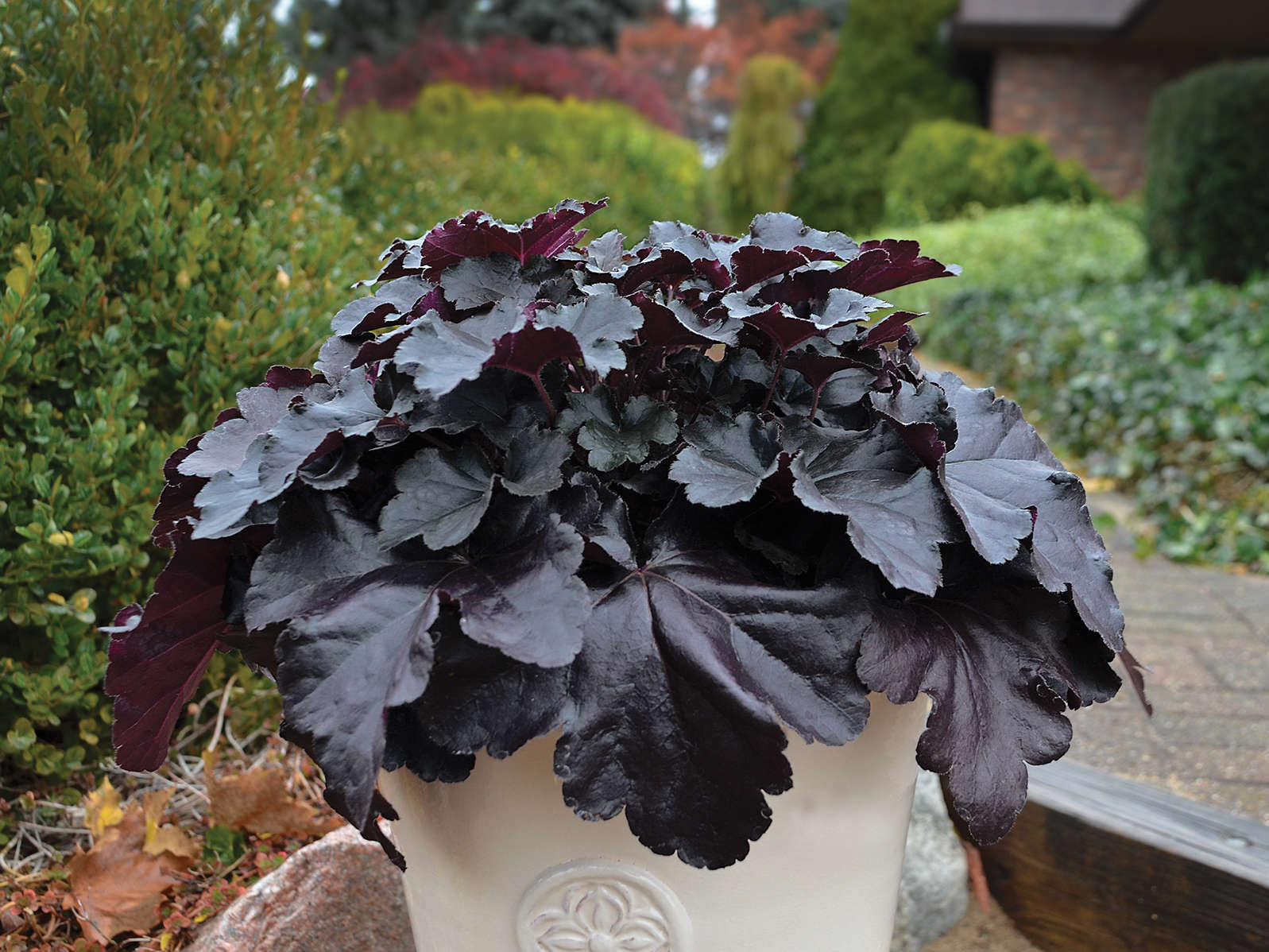Creating Winter Interest in the Garden with Evergreen Perennials
Discover the Advantages of Evergreen Perennials
02/17/2009
It's the middle of winter and while most gardeners have put away their trowels for the year, many perennials are still hard at work providing winter interest in the garden. Though it may be too chilly for a leisurely stroll through the yard, it's nice to be able to look out the window and see remnants of the magic the summer garden once held and signs of life in evergreen perennials. Evergreen perennials make a valuable addition to the landscape because they...
- Add texture, shape, and form to the winter garden
- Continue to provide interest when other perennials are not in bloom or are dormant
- Hide dying bulb foliage and summer-dormant perennials
- Come in a wide variety of shapes, sizes, and bloom times
- Many are shade tolerant
- Many can be used as a low-maintenance groundcover
Evergreen perennials look a lot like dormant foliage perennials during the growing season. When you are purchasing perennials in the spring or summer, you may not realize that they are evergreen. If you are unsure, ask someone at the garden center or do your research before shopping so you know exactly what you are looking for. It's a good idea to plan to include at least a few evergreen perennials in the landscape so your garden has winter interest. There are many varieties of evergreen perennials. Here are a few you might want to search out for your garden.
- Ajuga (Bugleweed)
- Arabis (Rock Cress)

Carex in Winter
- Armeria (Common Thrift, Sea Pink)
- Bergenia (Heartleaf Bergenia, Pig Squeak)
- Dianthus (Pinks)
- Euonymous f. 'Colorata' (Purple Leaf Wintercreeper)
- Grass-Carex (Sedge)
- Grass-Festuca (Blue Fescue)
- Grass-Helictotrichon (Blue Oat Grass)
- Hedera (English Ivy)
- Helleborus (Lenten Rose)
- Heuchera (Coral Bells)
- Heucherella (Foamy Bells)
- Iberis (Evergreen Candytuft)
- Lavandula (English Lavender)
- Liriope (Lily-turf)
- Pachysandra (Japanese Spurge)
- Phlox subulata (Creeping Phlox)
- Sagina (Irish Moss)
- Sedum (Stonecrop — some, mostly low-growing groundcover types)
- Sempervivum (Hen & Chicks)
- Thymus (Creeping Thyme)
- Tiarella (Foamflower)
- Vinca (Myrtle, Periwinkle)
- Yucca (Adam's Needle)

